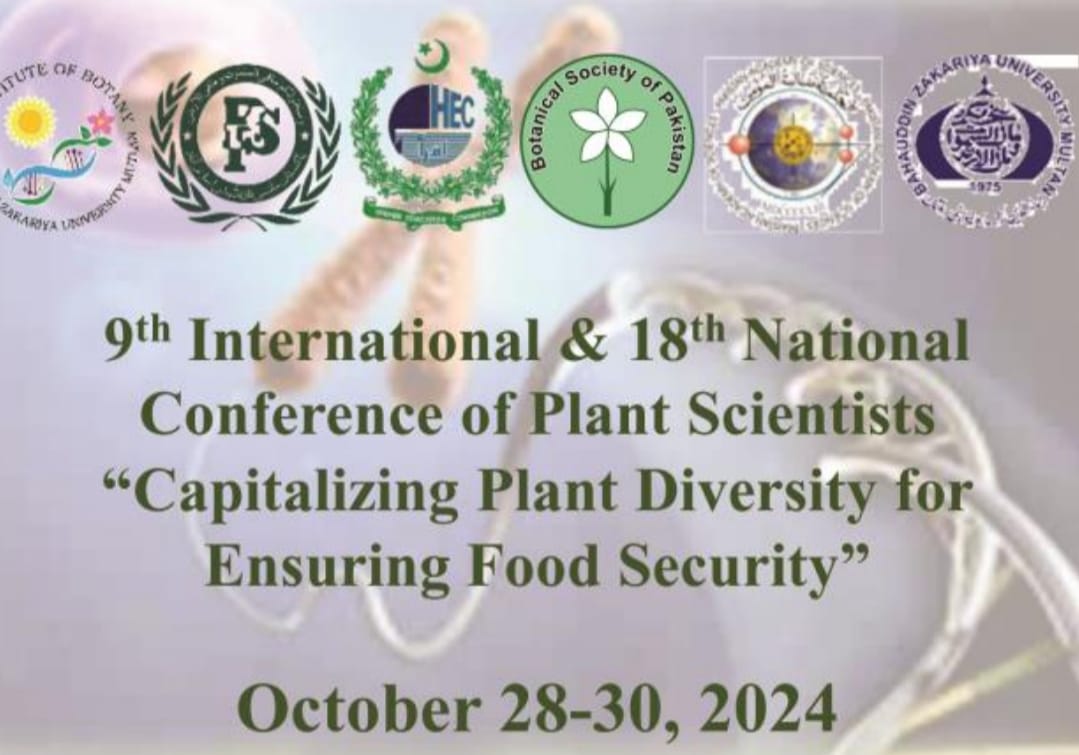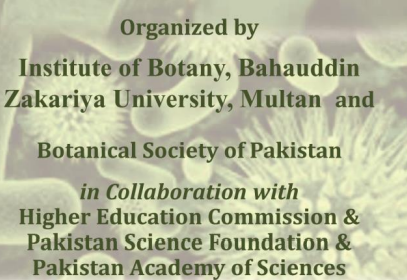Xin-Hui Xiao, Xiang-Hua Li and Ke-Jing Wang
Details
51(6): 1917-1928, 2019
Download PDF
Salinity adaptability responses of wild soybean (Glycine soja Sieb. & Zucc.) under high saline soil stress over whole growth period
Details
51(6): 1917-1928, 2019


